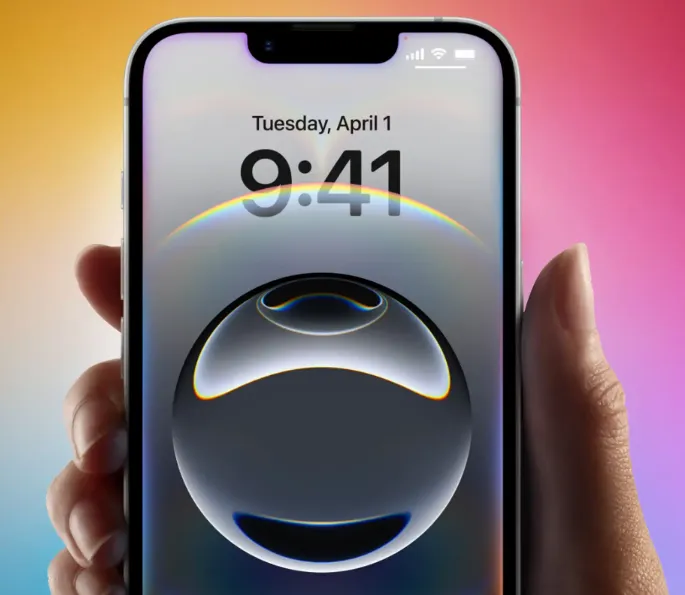A new survey from SellCell has sparked debate among Apple enthusiasts after revealing that most iPhone owners aren’t thrilled about the recently launched iPhone 16e. Out of more than 3,500 U.S. participants, nearly 73% criticized the device—mainly for its $599 price tag, which many felt didn’t match the phone’s limited feature set. However, while these opinions highlight dissatisfaction among Apple loyalists, they may be missing the bigger picture.
Understanding the True Audience
The iPhone 16e wasn’t designed with long-time Apple users in mind. Instead, it targets a different demographic—people looking to switch from Android or those who want a reliable smartphone without spending flagship-level money. This model strips away premium features such as MagSafe charging, advanced multi-lens cameras, and the Dynamic Island display found on higher-end versions. Instead, it focuses on essential performance, strong battery life, and solid camera functionality.
Apple’s strategy with the iPhone 16e is clear: make its ecosystem more accessible to first-time buyers. By offering a more affordable entry point, the company is hoping to bring new users into the Apple world—where they might later upgrade to pricier models once they’re invested in the brand experience.
Redefining What Success Means
While many existing iPhone owners have dismissed the 16e as underwhelming, its real purpose isn’t to impress them. Apple’s goal isn’t to outshine the Pro series—it’s to broaden its customer base. Judging the 16e by the expectations of long-time Apple fans misses its intended market entirely.
If the iPhone 16e successfully converts Android users or appeals to consumers who previously couldn’t justify the cost of an iPhone, it could play a significant role in Apple’s growth strategy. Rather than competing in the premium segment, Apple is expanding its reach by catering to a wider range of buyers.
The iPhone 16e may not excite tech enthusiasts, but it represents a strategic move for Apple—one that prioritizes inclusion and long-term ecosystem growth over short-term applause.
